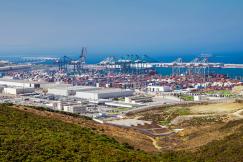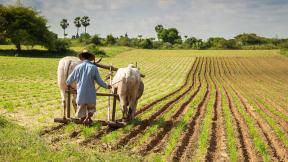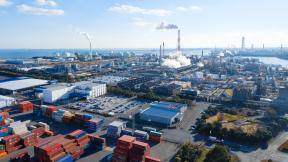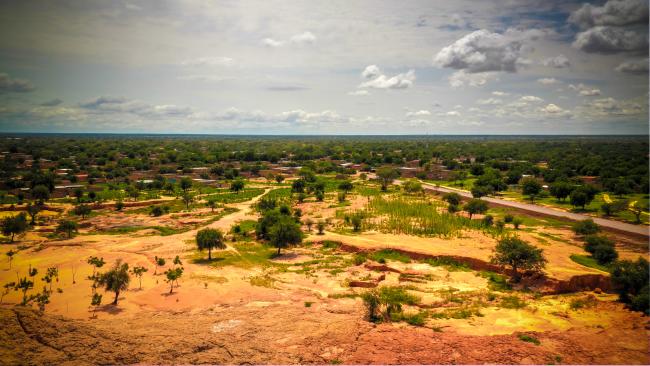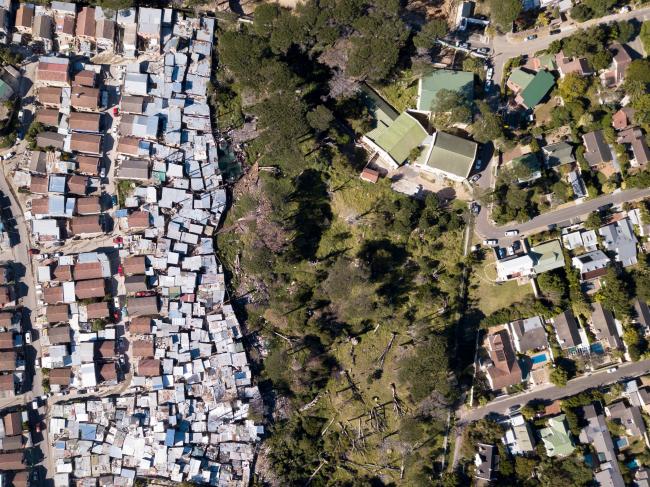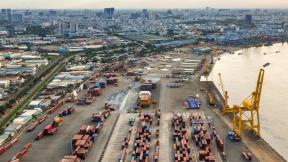Since the turn of this century, Africa's annual GDP per capita has grown by approximately 6 percent per year on average. Growth rates of this magnitude imply that around two-thirds of Africa's 1.2 billion people live in a country where the average income has more than doubled since 2000. Indeed, if this rate of economic growth rate is to be believed, then it is deserving of the label “miracle”. This project seeks to investigate the empirics of Africa’s growth miracle focusing on three main questions. First, are these rates of growth credible? Second, what are the proximate causes of Africa’s growth from an accounting perspective? Third, what are the main empirical correlates of Africa’s growth, looking across its major economies?
To answer these questions, the research team combines multiple publicly available data sources to create a panel of African economies covering 1980 to the present. The data comes from the Penn World Tables (PWT), the Demographic and Health Studies (DHS), the World Bank, and various sources with information on conflict. The sample comprises all African countries south of the Sahara that have a population of at least two million people. The researchers rely on real GDP, capital stocks, employment, and schooling human capital levels from PWT to describe the basic patterns of Africa’s growth miracle over the past two decades. They also draw parallels with East Asia’s growth since the 1960s and document ways in which Africa’s growth miracle stands out.
Their growth accounting so far has shown that Africa’s employment per capita has increased marginally and contributed little to its growth in output per capita. They also find that increases in human capital per worker are not a significant driver of Africa’s growth miracle in an accounting sense. Still on the growth accounting exercise, they found physical capital was a key driver of growth for a number of African countries in the sample, explaining most of their growth. Physical capital has grown substantially for the majority of African countries since the turn of century. The improvements in physical capital accumulation were mainly due to the declining conflicts in these groups of countries. Similarly, TFP gains was crucial in explaining African’s growth for countries that had commodity price boom.


















